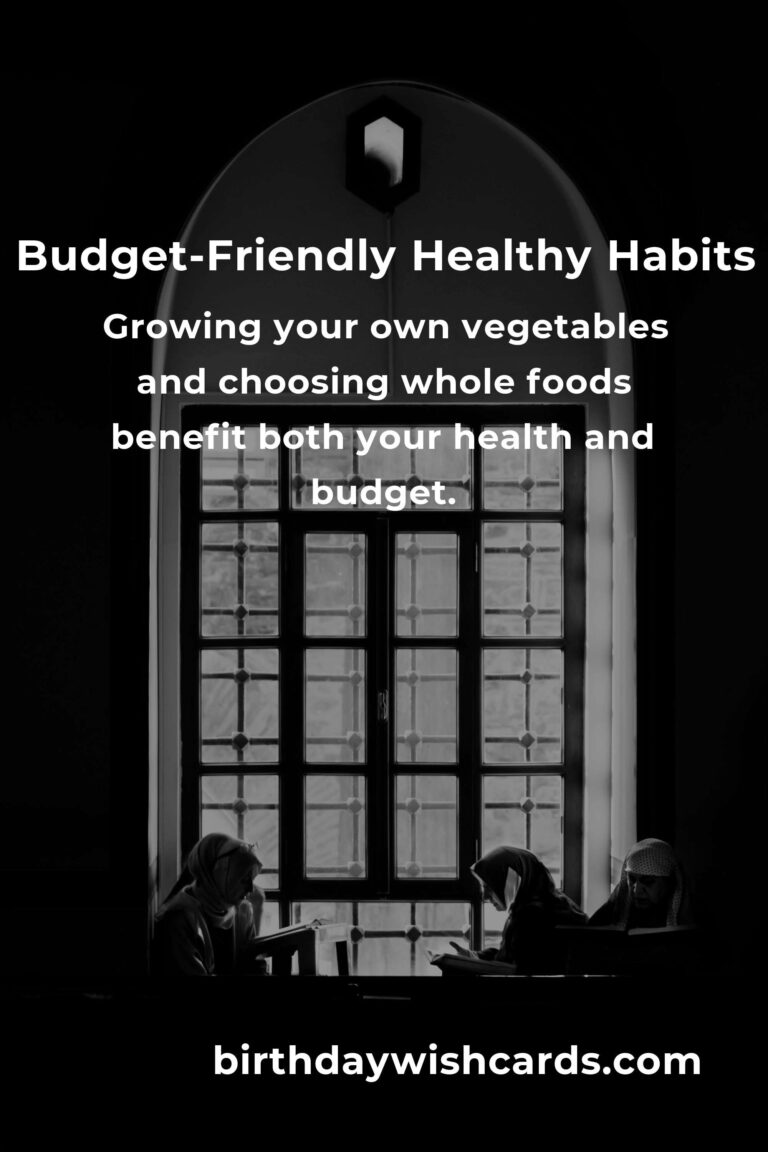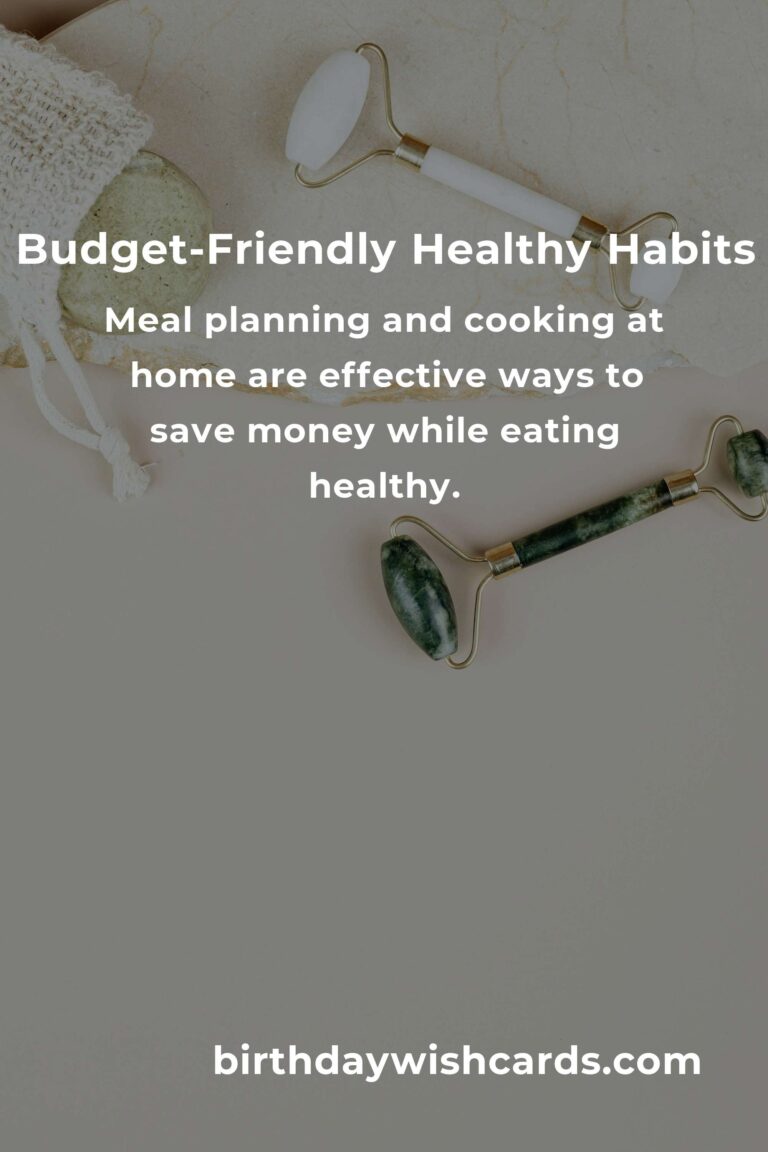
Maintaining a healthy lifestyle doesn’t have to break the bank. With a bit of planning and creativity, you can adopt healthy habits that are both effective and budget-friendly. Here are 14 tips to help you stay healthy without spending a fortune.
1. Plan Your Meals
Meal planning is a great way to save money and eat healthier. By planning your meals for the week, you can avoid impulse purchases and make the most of sales and discounts. This also helps in reducing food waste.
2. Cook at Home
Cooking at home is generally cheaper and healthier than eating out. You have control over the ingredients, portion sizes, and cooking methods, allowing you to make healthier choices.
3. Buy in Bulk
Buying staples like grains, beans, and nuts in bulk can save you money in the long run. These items have a long shelf life and buying in bulk reduces the cost per unit.
4. Grow Your Own Vegetables
If you have space, consider starting a small garden. Growing your own vegetables can significantly cut down on grocery bills, and it’s a rewarding way to enjoy fresh produce.
5. Choose Whole Foods
Whole foods are less processed and usually cheaper than packaged foods. They are also healthier, providing more nutrients per calorie.
6. Drink Water
Staying hydrated is crucial for health, and water is the most budget-friendly beverage. Replace sugary drinks with water to save money and calories.
7. Use Frozen Fruits and Vegetables
Frozen produce is often cheaper than fresh and just as nutritious. They are picked at peak ripeness and frozen immediately, preserving their vitamins and minerals.
8. Limit Processed Foods
Processed foods are often more expensive and less healthy than whole foods. By limiting these items, you can save money and improve your diet.
9. Exercise Outdoors
You don’t need a gym membership to stay fit. Walking, running, or biking outside are free forms of exercise that can be just as effective.
10. Explore Free Fitness Resources
There are countless free fitness resources available online, including workout videos and fitness apps. Utilize these to diversify your exercise routine without spending money.
11. Practice Mindfulness
Mindfulness practices, such as meditation and deep breathing exercises, can improve mental health without any cost. There are many free resources available online to help you get started.
12. Make Use of Leftovers
Plan to use leftovers for future meals to reduce waste and save money. Soups, stews, and casseroles are great ways to use up leftover ingredients.
13. Buy Seasonal Produce
Seasonal fruits and vegetables are often cheaper and fresher than out-of-season produce. Check local markets for the best deals.
14. Join Community Programs
Many communities offer free or low-cost health programs, such as fitness classes or nutrition workshops. Check with local community centers or online for opportunities.
Meal planning and cooking at home are effective ways to save money while eating healthy. Buying food staples in bulk can significantly reduce costs. Growing your own vegetables and choosing whole foods benefit both your health and budget. Utilizing free fitness resources and practicing mindfulness can improve overall well-being without financial strain. Joining community programs and using leftovers effectively can further enhance budget-friendly healthy habits.
#HealthyLiving #BudgetFriendly #HealthyHabits #Wellness #Nutrition













